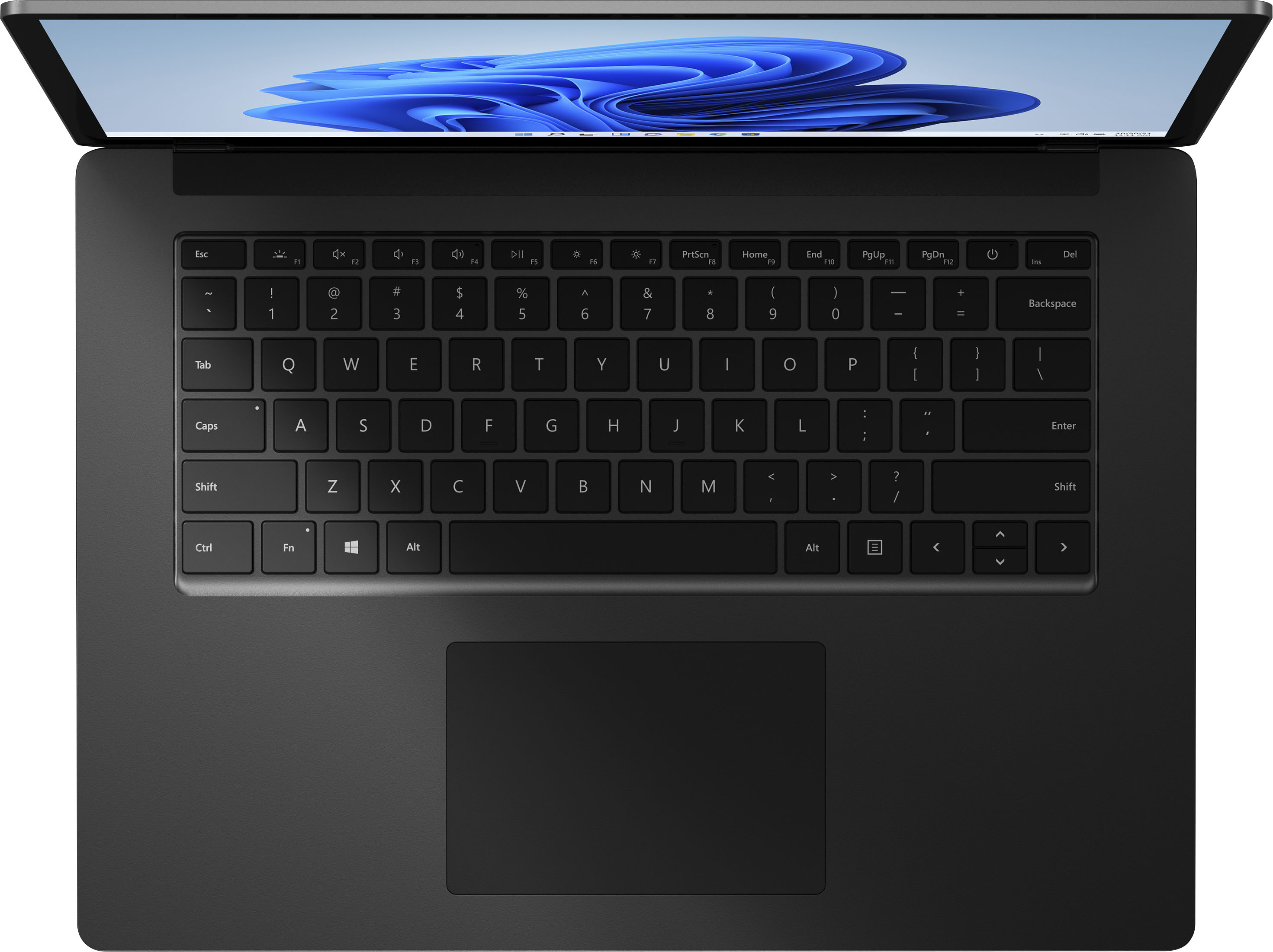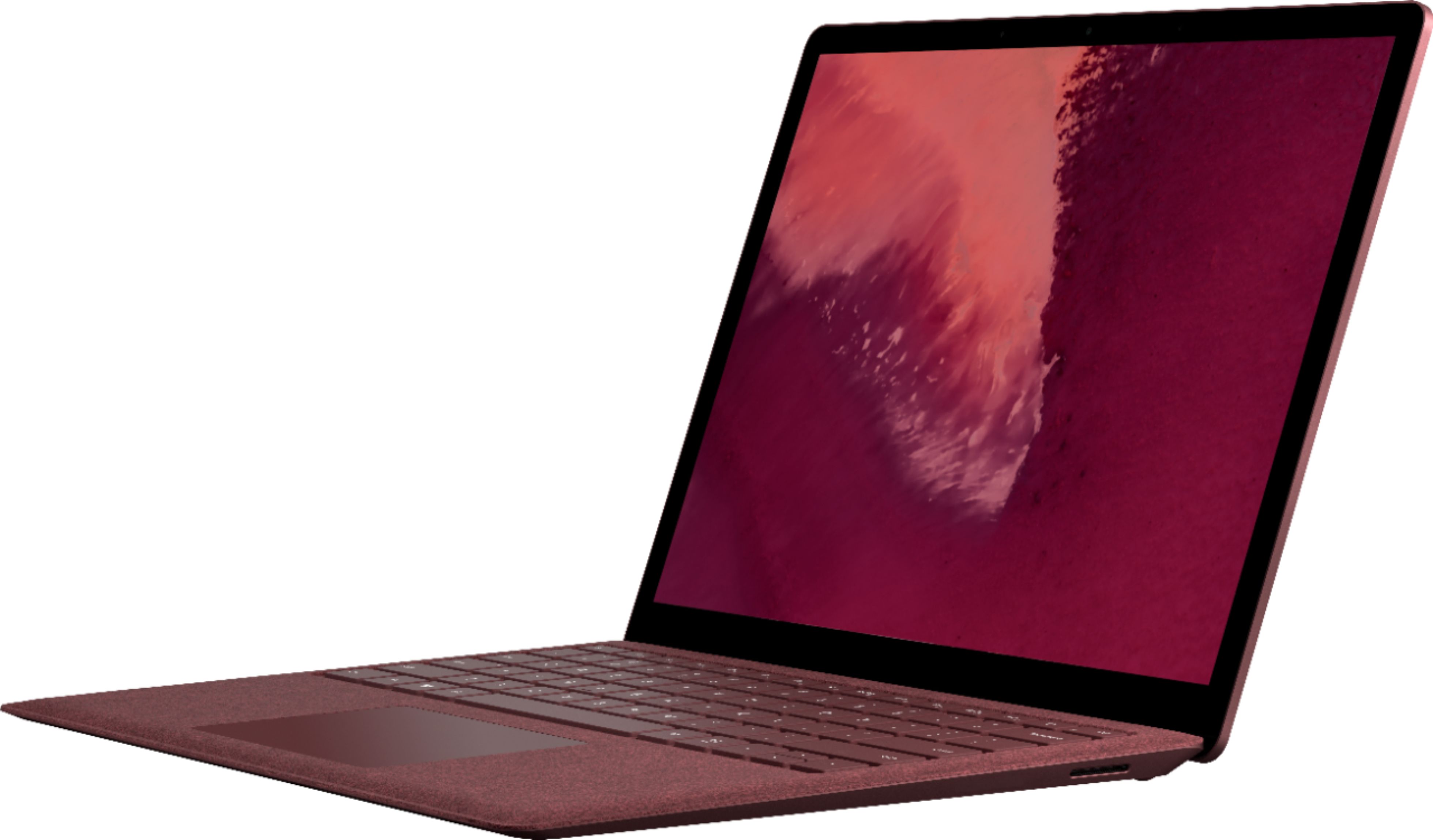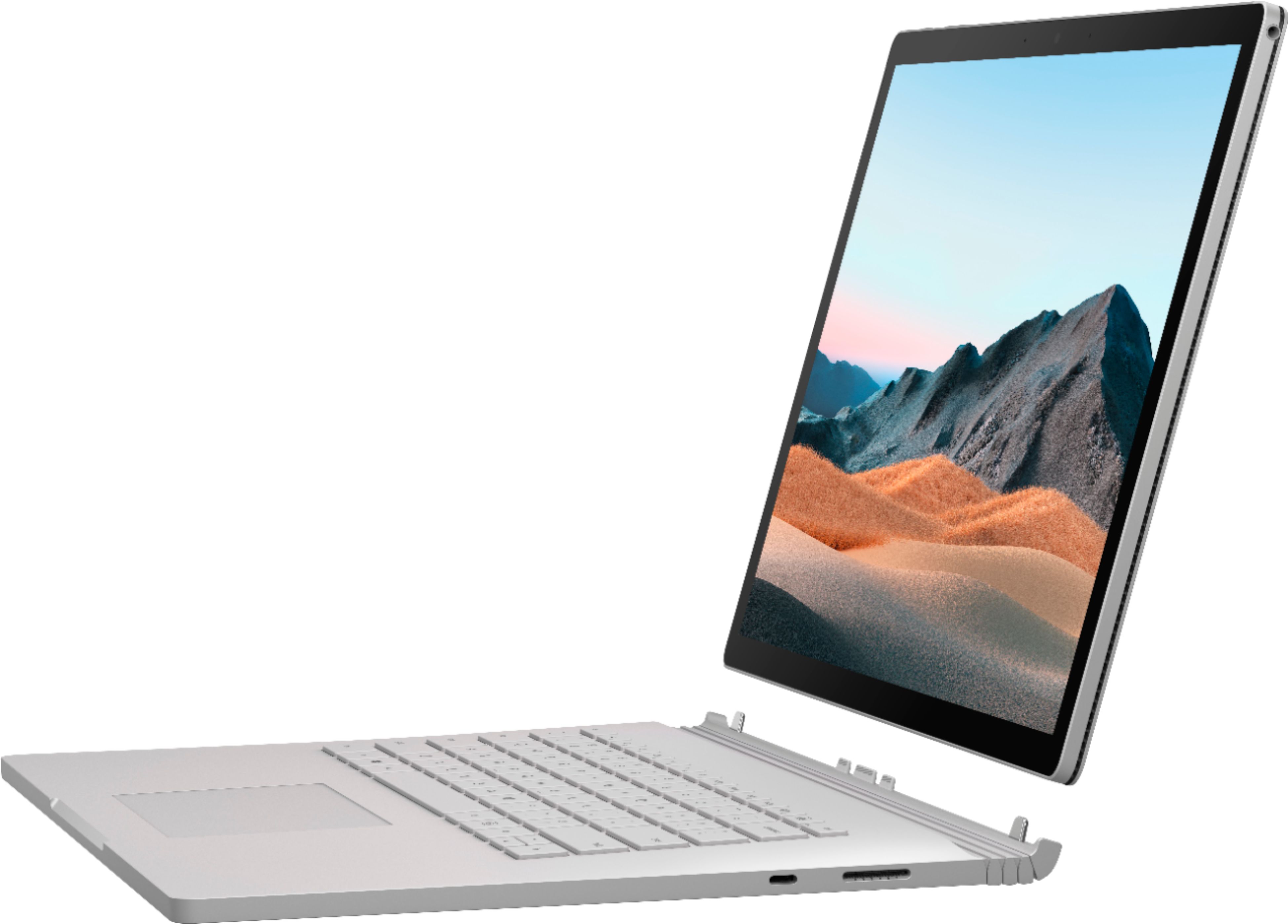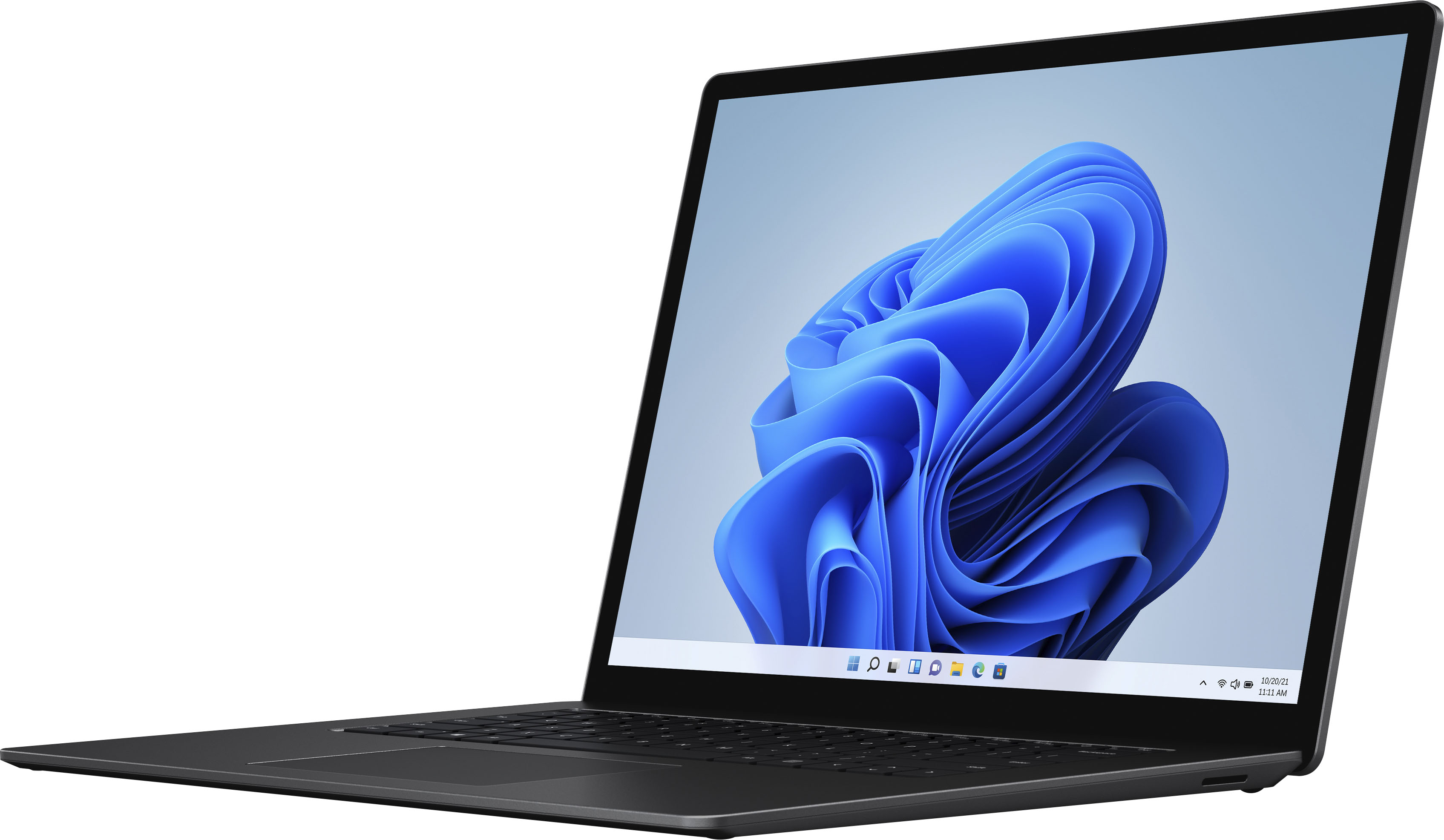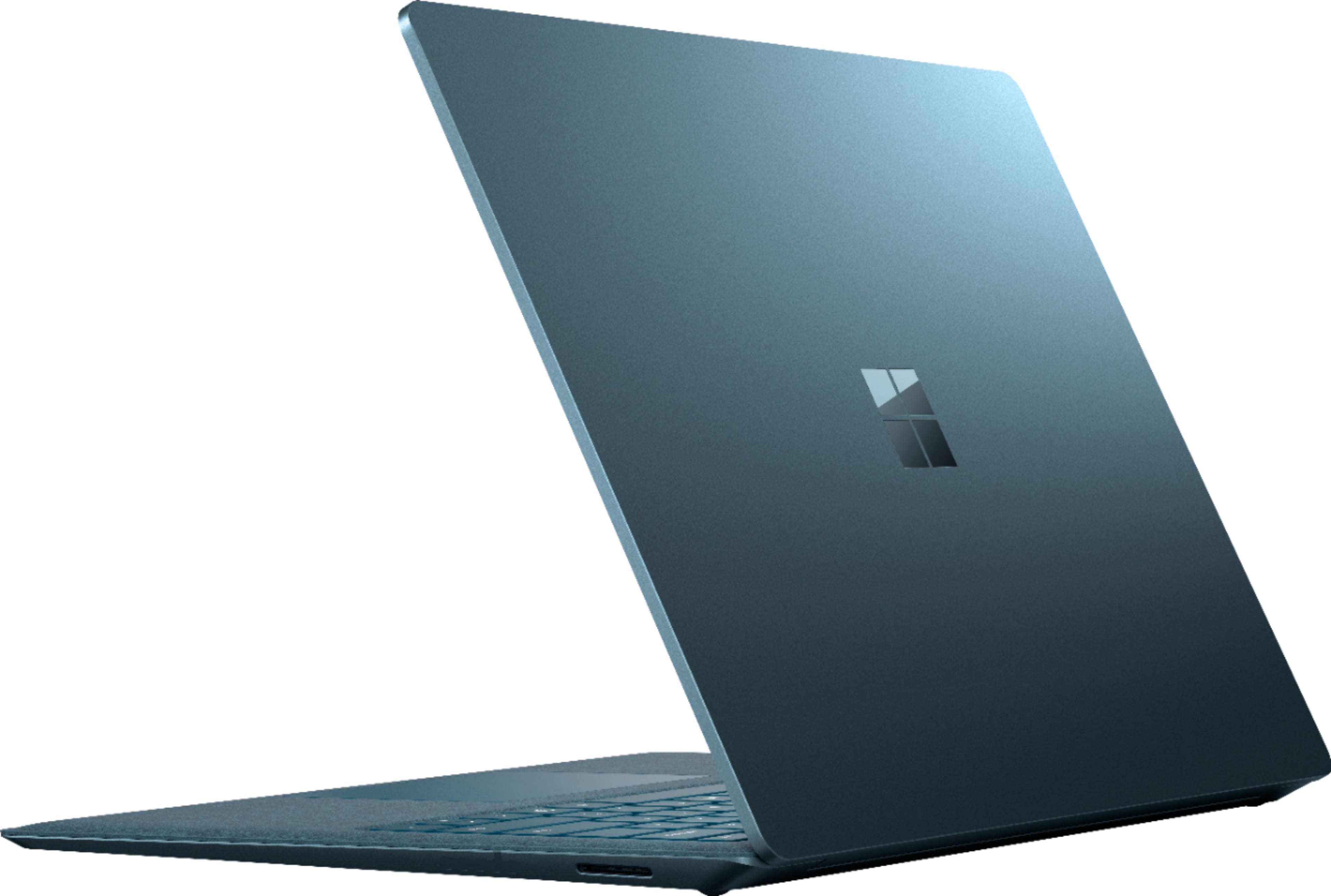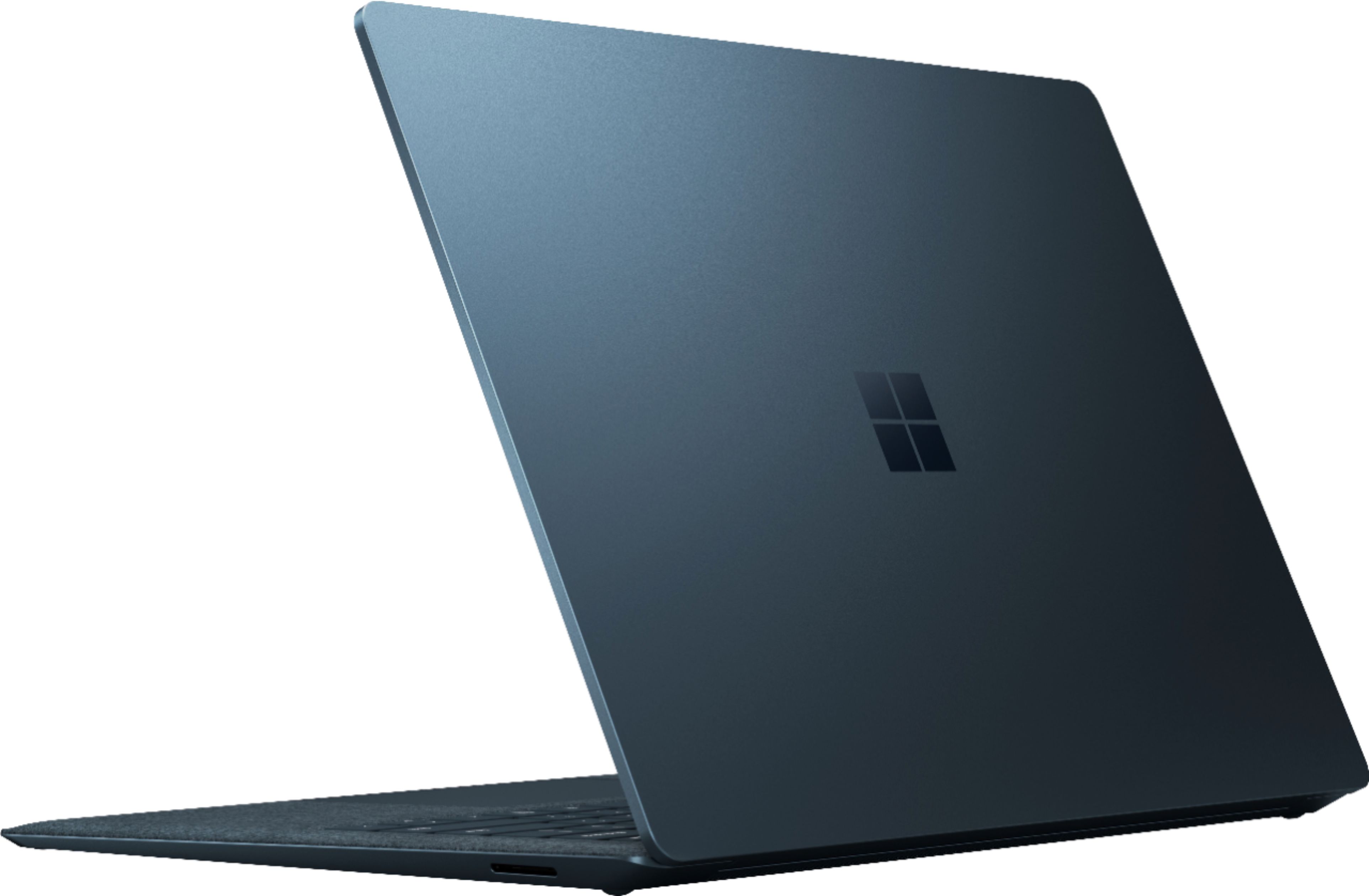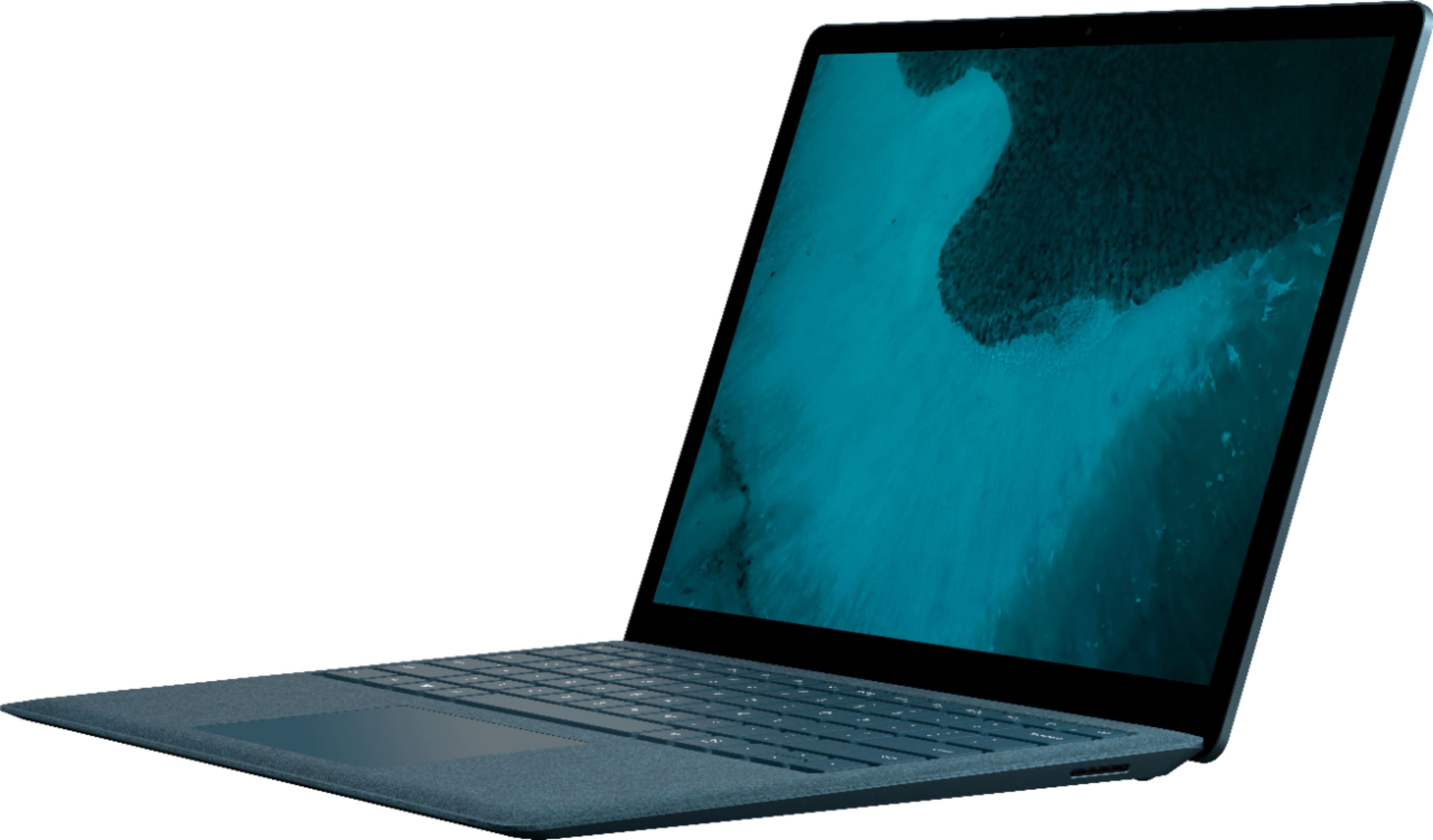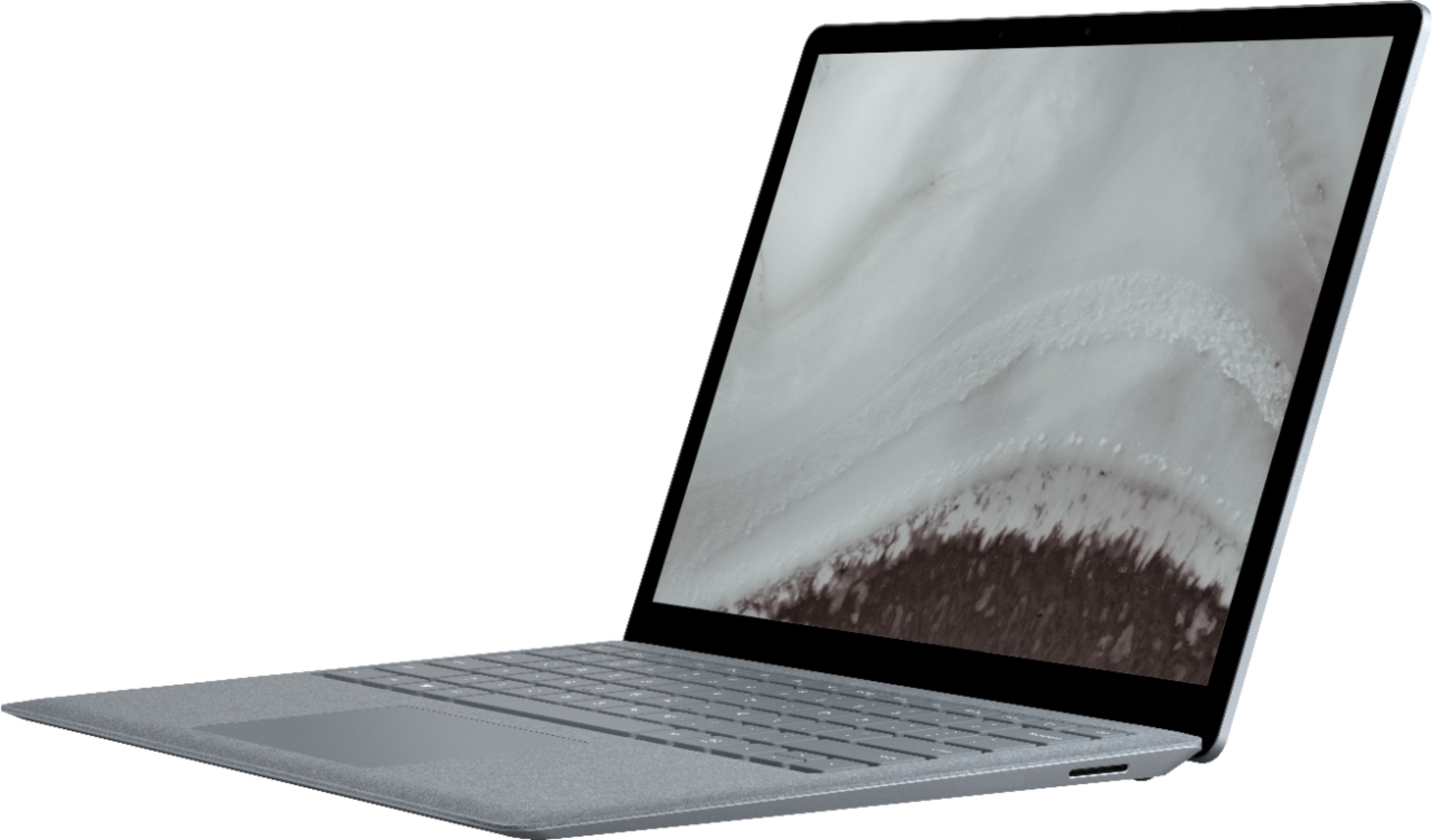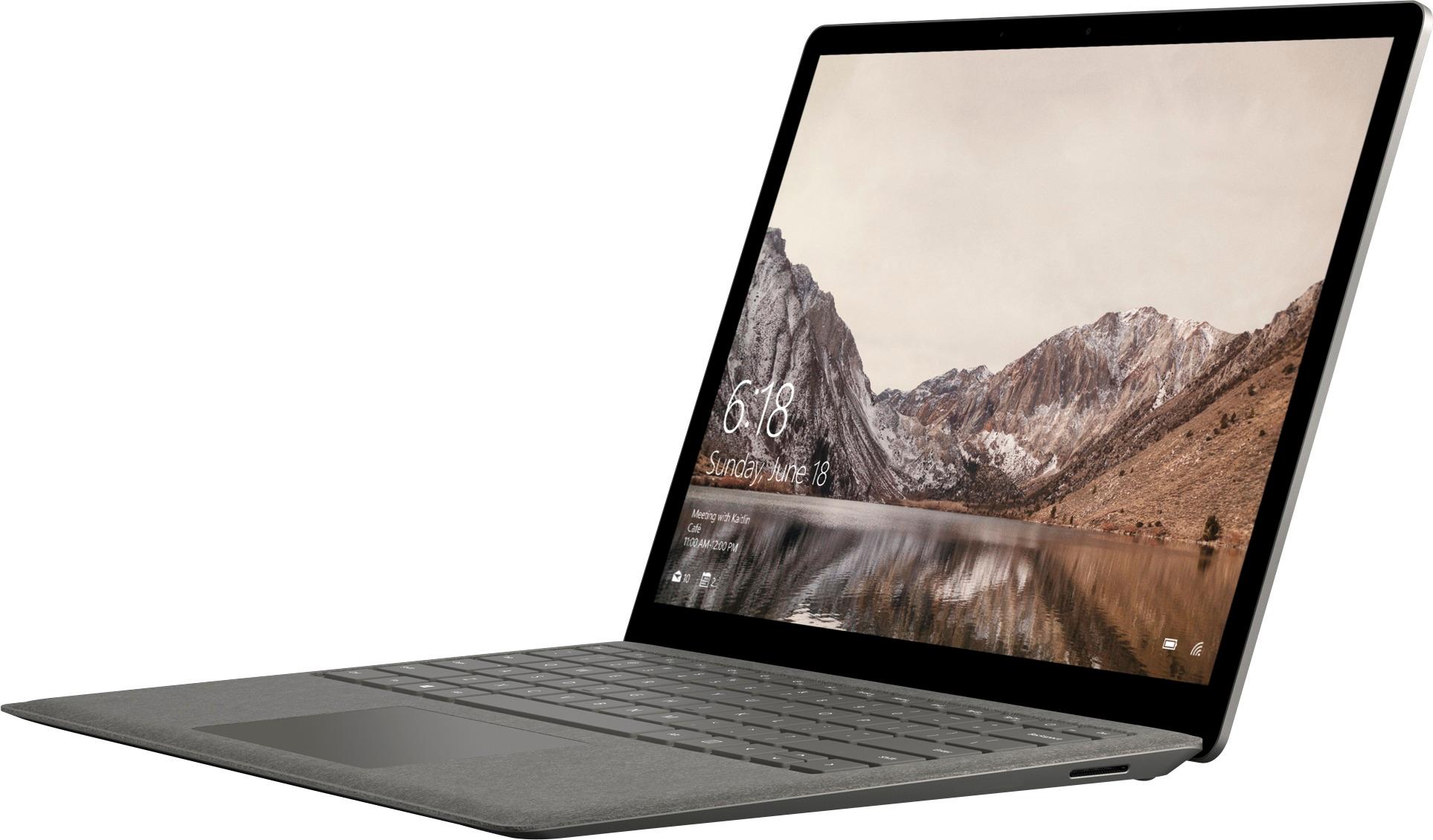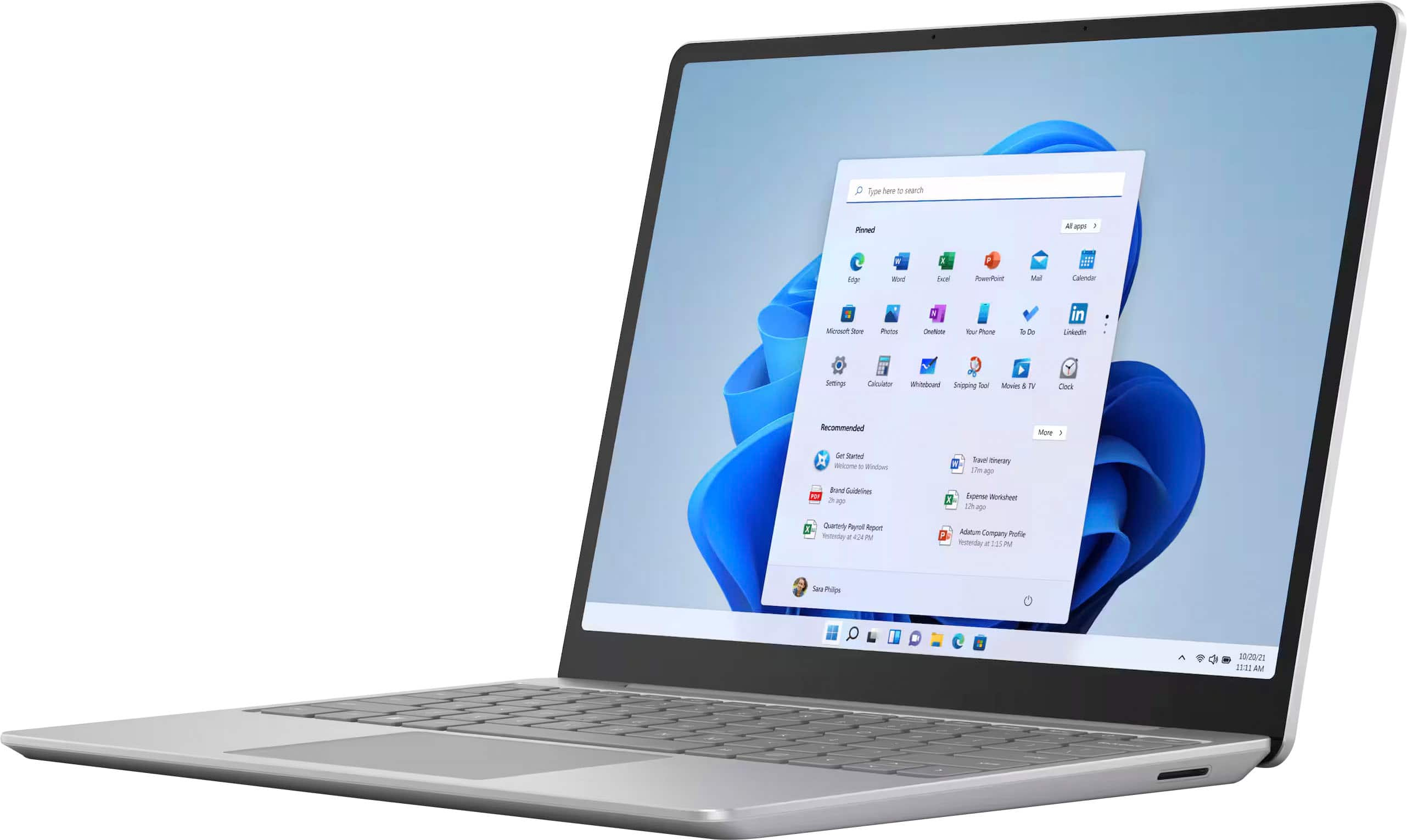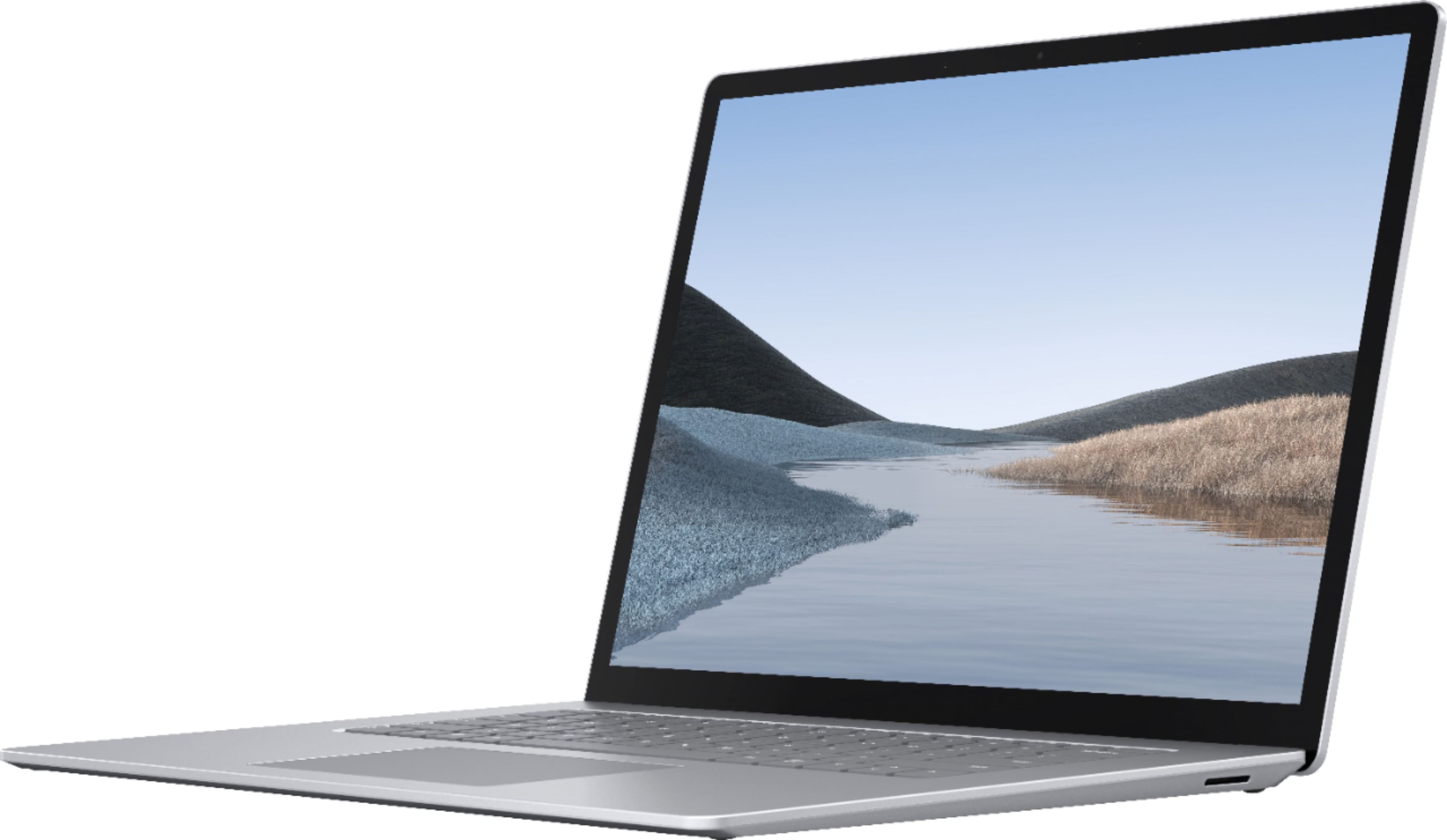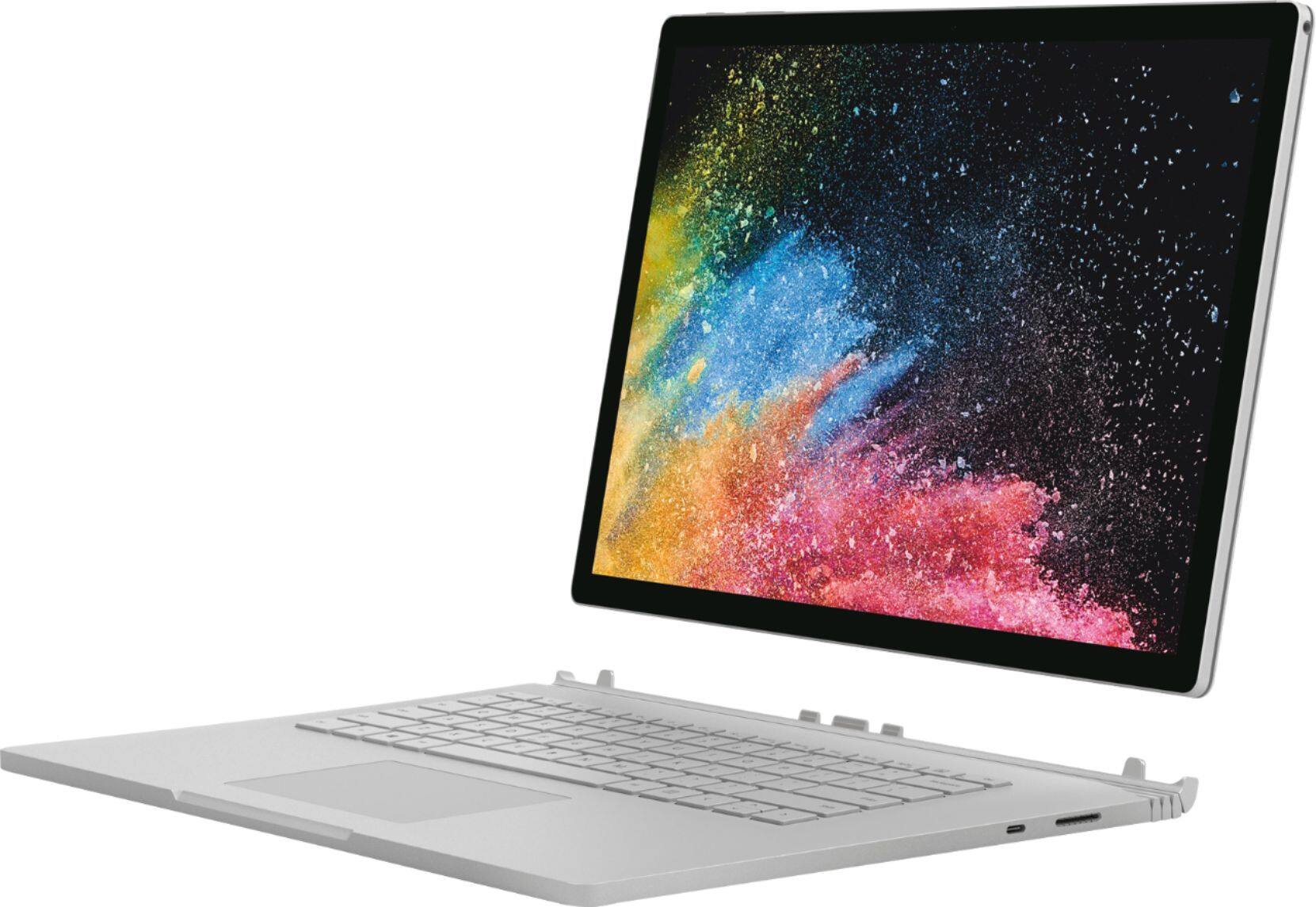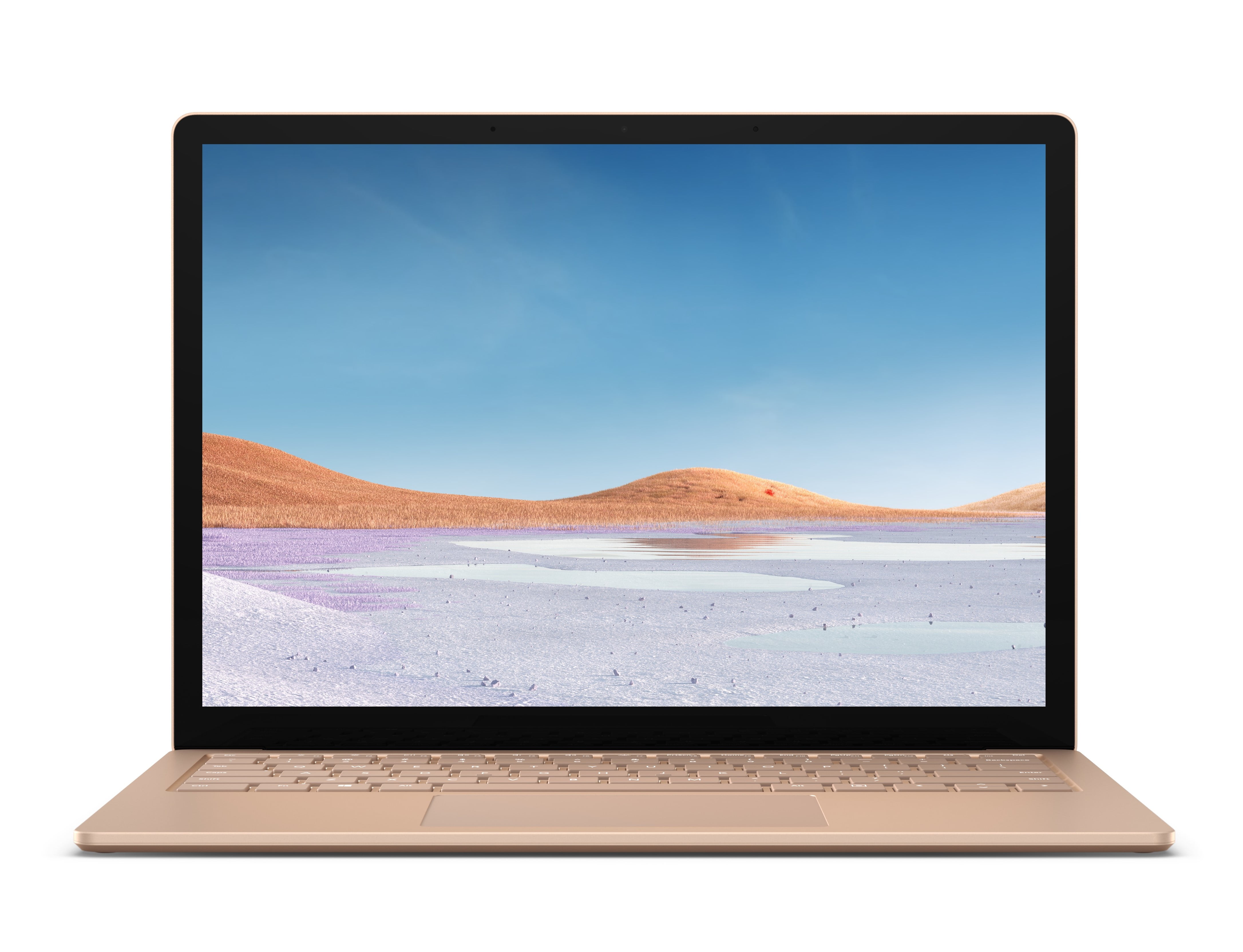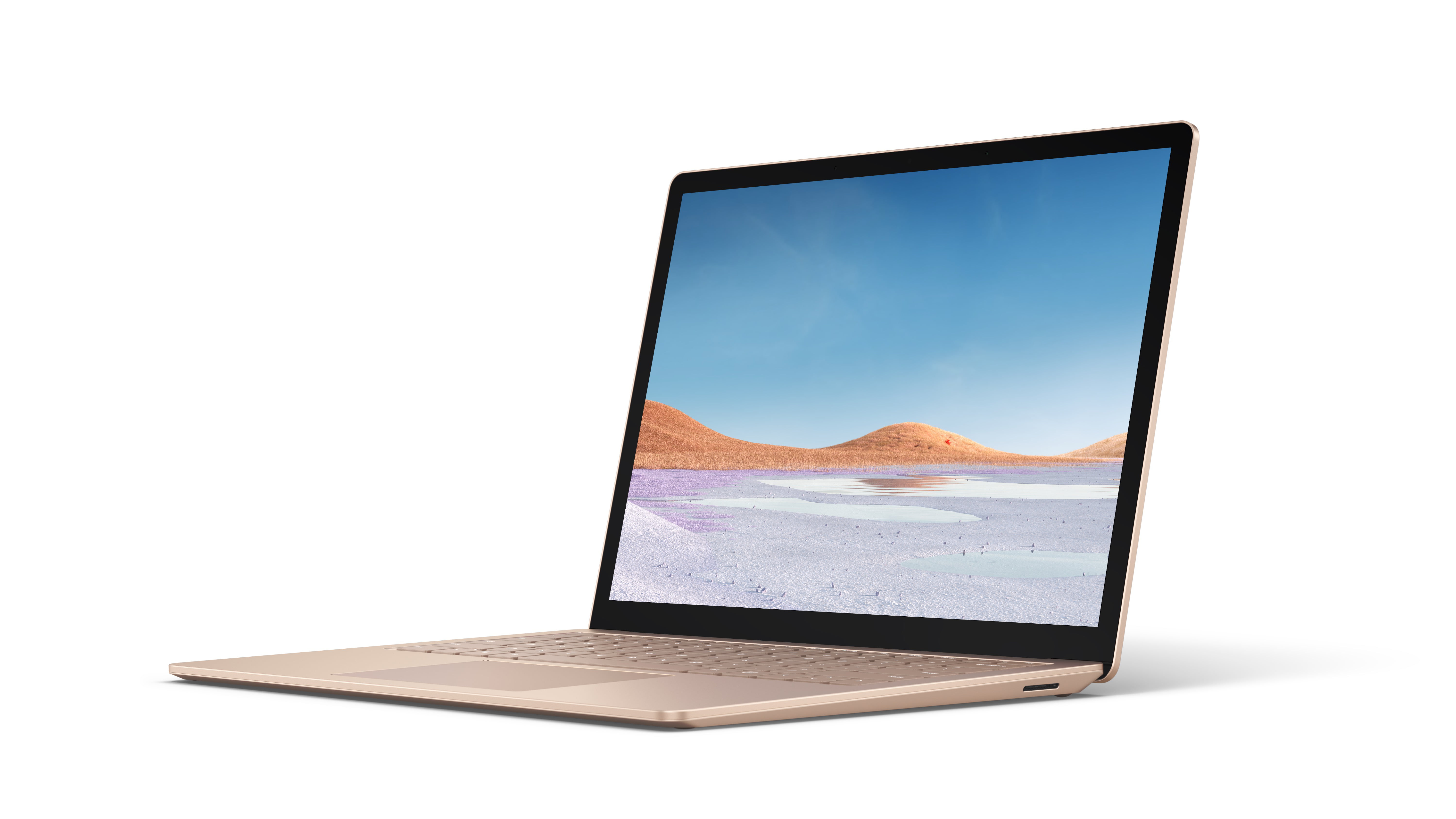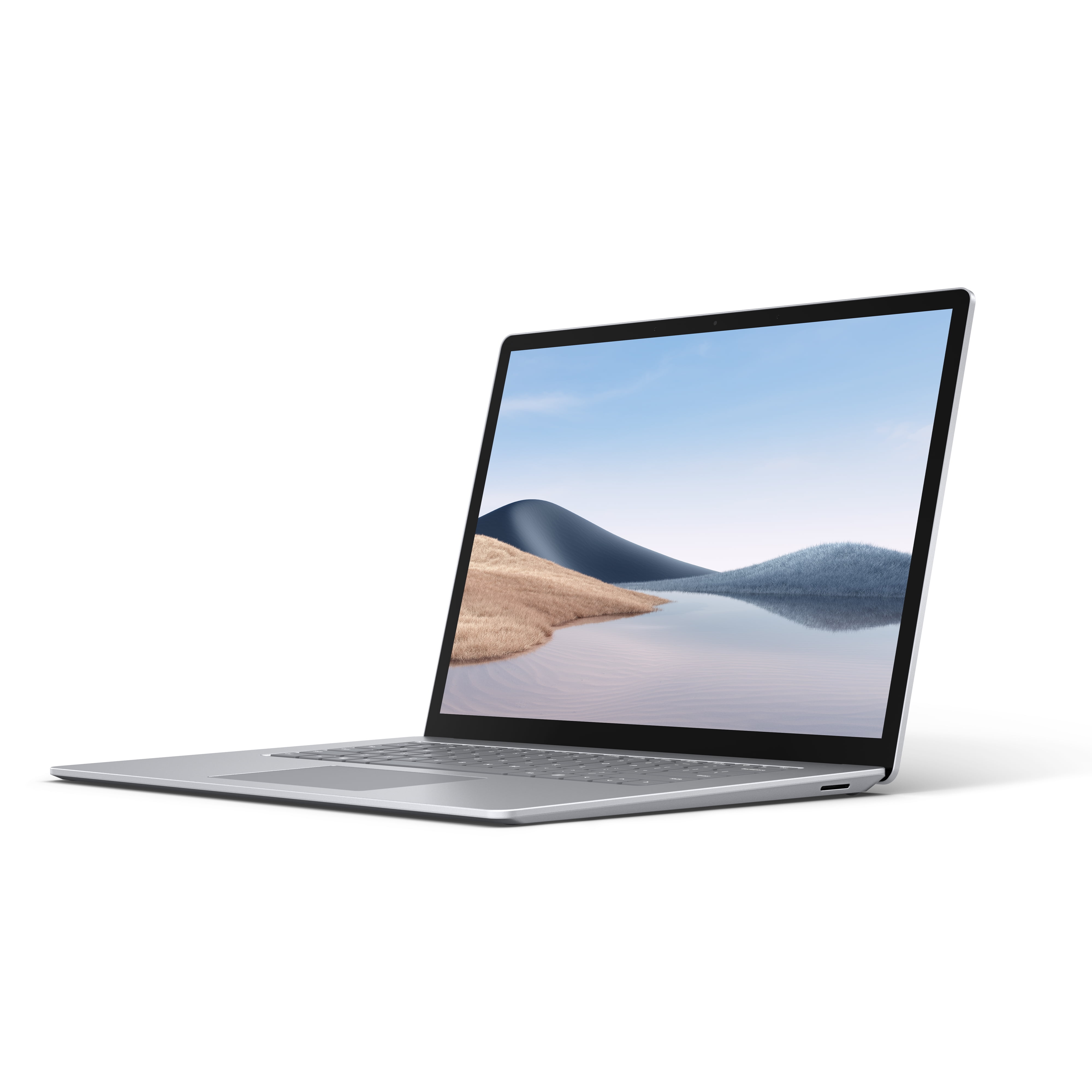Is Microsoft Surface Laptop Touch Screen
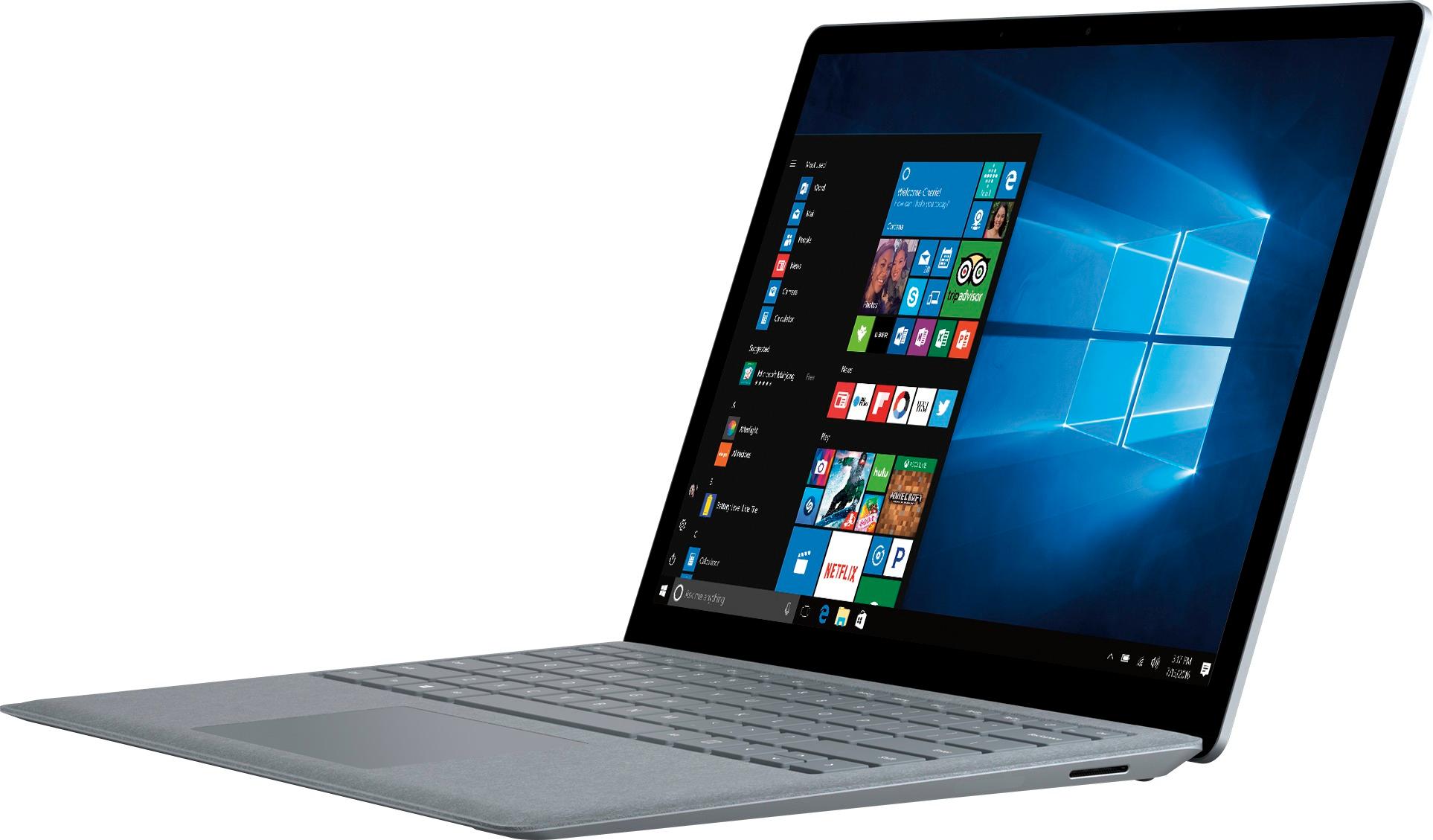
The question of whether Microsoft's Surface Laptop line features touch screen capabilities is more nuanced than a simple yes or no. While the broader Surface family is renowned for its touch-centric approach, the Surface Laptop has presented a more deliberate and, at times, confusing picture regarding touch functionality.
This article delves into the history of touch screen integration within the Surface Laptop series, examines Microsoft's strategic rationale behind its choices, and explores the user experience implications of these decisions. We'll analyze official statements, product specifications, and expert reviews to clarify which Surface Laptop models boast touchscreens and why.
The Surface Laptop's Touch Evolution
Initially, Microsoft positioned the Surface Laptop as a traditional clamshell notebook, a departure from the 2-in-1 convertible design of the Surface Pro and Surface Book. The original Surface Laptop, released in 2017, notably lacked a touch screen. This decision was made to appeal to users who preferred a classic laptop experience without the need for tablet-like functionality.
Microsoft aimed to offer a more affordable entry point into the Surface ecosystem. This strategic move differentiated it from the higher-priced, touch-enabled Surface devices.
Surface Laptop 2 and Beyond: Embracing Touch
The 2018 release of the Surface Laptop 2 marked a turning point. Microsoft integrated a touch screen into the device, responding to user demand and evolving market trends. This model, along with subsequent iterations like the Surface Laptop 3 and 4, included touch screen functionality as a standard feature.
Microsoft listened to feedback and adjusted its strategy. The move reflected a broader industry shift towards touch-enabled laptops.
However, the introduction of different models and variations within the Surface Laptop lineup can still lead to confusion. Some models, especially those targeting the education sector, might have configurations without touch screen capabilities. Always check specific model specifications before making a purchase.
Why the Initial Hesitation?
Microsoft's initial reluctance to include touch screens in the first Surface Laptop stemmed from a desire to cater to a specific segment of the market. These were users who primarily used laptops for productivity tasks like typing and coding.
The absence of touch screen was also seen as a way to keep the price competitive. Lower price point made it attractive to customers who were seeking a traditional laptop experience.
The rationale was that not everyone needed or wanted a touch screen on their laptop. A traditional keyboard and trackpad setup would be sufficient for many users.
The User Experience Perspective
The inclusion of touch screens in later Surface Laptop models has significantly enhanced the user experience for many. It has allowed for more intuitive interaction with applications and content.
"The touch screen on my Surface Laptop 3 has been a game-changer," one user commented on a Microsoft forum. "It makes scrolling through documents and navigating websites so much easier."
However, some users still prefer the traditional keyboard and trackpad input methods. They view the touch screen as an unnecessary feature that adds to the cost and weight of the device.
Future of Touch in Surface Laptops
Looking ahead, it's likely that Microsoft will continue to offer touch screens as a standard feature in most Surface Laptop models. The company's commitment to providing a versatile and user-friendly computing experience suggests that touch functionality will remain an integral part of the Surface Laptop's DNA.
We might also see Microsoft explore new ways to integrate touch technology into its laptops. These would include advanced pen support and more sophisticated gesture controls.
Ultimately, the future of touch in Surface Laptops will depend on user demand and technological advancements. Microsoft will continue to adapt its product strategy to meet the evolving needs of its customers.
In conclusion, while the original Surface Laptop lacked a touch screen, subsequent models have embraced touch functionality. Users should always verify the specifications of specific models before purchasing. The incorporation of touch into the Surface Laptop line reflects Microsoft's commitment to providing a diverse range of computing experiences to its users.
